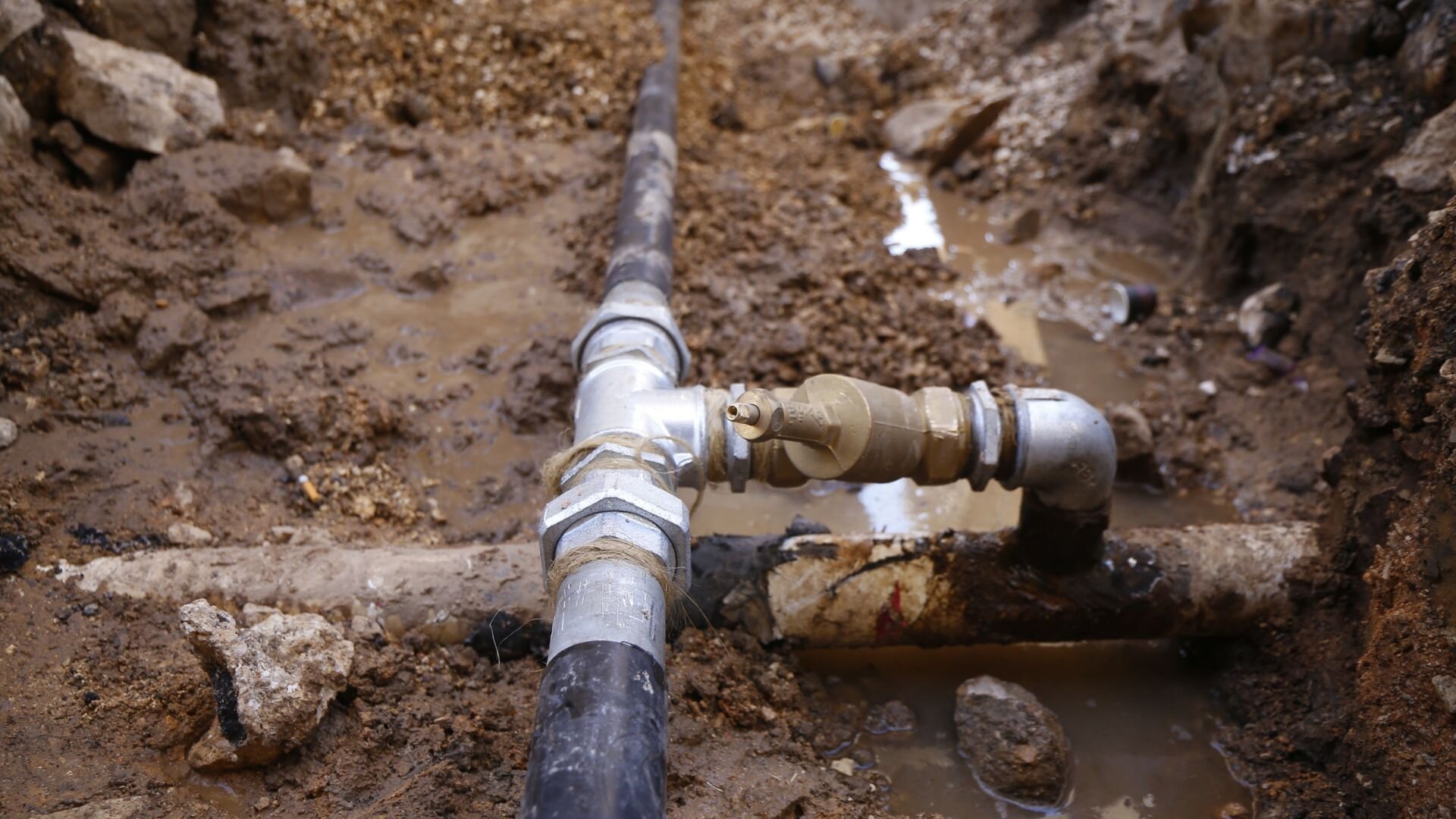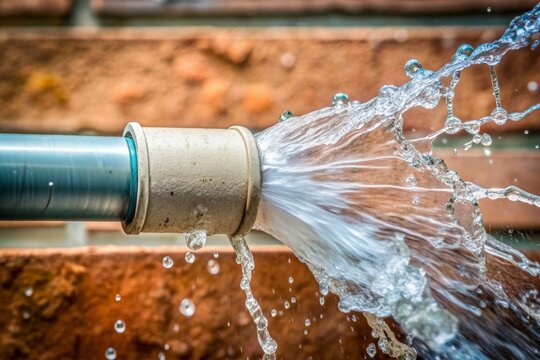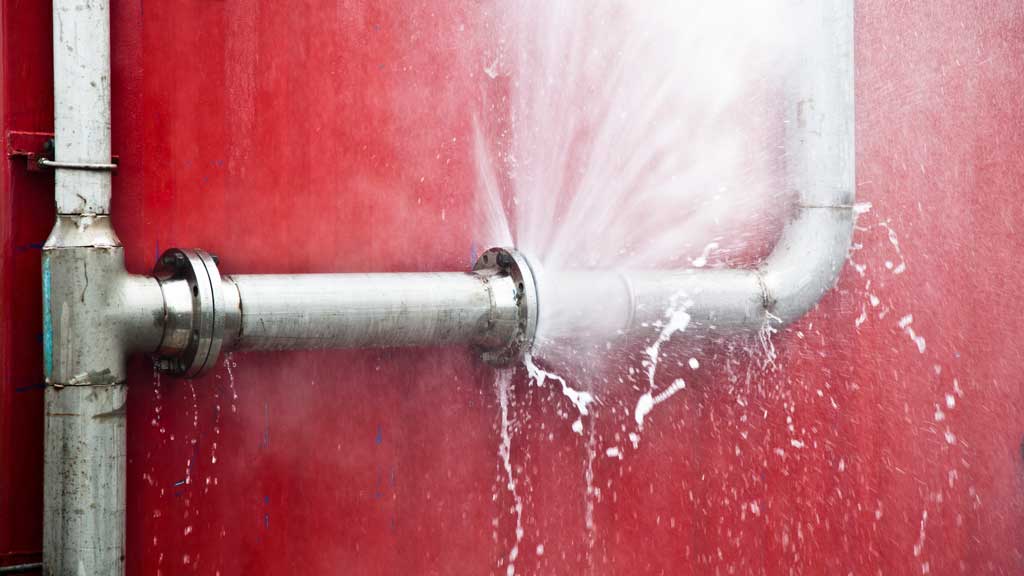Avoiding Burst Pipes: Essential Tips to Safeguard Your Plumbing
Preventing ruptured pipes is a critical issue for property owners, specifically throughout cooler months when the danger of freezing is increased. Carrying out strategic steps such as appropriate insulation, regular evaluations, and preserving constant indoor temperature levels can considerably decrease the likelihood of pipeline failure. Additionally, recognizing emergency situation treatments gears up home owners to respond swiftly to possible plumbing concerns. Numerous are not aware of the particular susceptabilities that their pipelines might face. Discovering these susceptabilities can offer invaluable understandings into protecting your plumbing system properly.
Understand Pipeline Vulnerabilities
Understanding pipeline vulnerabilities is important for reliable plumbing upkeep and protecting against costly damage. Several aspects add to the sensitivity of pipes to bursts, consisting of product make-up, age, and environmental problems. Older pipelines, especially those made from galvanized steel or polybutylene, typically deteriorate in time, resulting in raised threat of tears and leaks.
Temperature level fluctuations can additionally significantly effect pipe stability. In cooler climates, water trapped in pipelines can freeze, increasing and applying pressure on the pipe walls, which may inevitably cause a ruptured. High water pressure can strain pipelines, specifically at bends and joints, heightening the chance of failing.

Insulate Pipeline Appropriately
Proper insulation of pipelines is crucial for avoiding freezing and succeeding ruptureds during winter (burst pipe). Insulating your pipes system efficiently safeguards versus temperature goes down that can bring about expensive damages. Begin by identifying prone areas where pipes are subjected to outdoor temperature levels, such as cellars, attics, and outside walls
Use foam pipeline insulation sleeves or wrap insulation tape around these locations to supply a safety obstacle. Guarantee that all sections of the pipes, particularly those with restricted heat exposure, obtain adequate insulation. Pay special focus to fittings and joints, as these are more susceptible to cold.
When shielding, it's vital to choose products that fulfill local building regulations and are proper for the specific environment. As an example, fiberglass insulation is usually suggested for its thermal resistance residential properties - burst pipe. Additionally, take into consideration making use of warm cable televisions or tape in severe conditions, which can be plugged in to offer supplementary heat
On a regular basis examine insulated pipelines for any kind of indicators of wear or damage, as compromised insulation can decrease its efficiency. By taking these positive steps, you significantly minimize the threat of pipeline bursts, ensuring a dependable plumbing system throughout the cold weather.
Maintain Consistent Temperature Level
A secure indoor temperature is crucial for preventing burst pipelines during the cold months. When temperatures decrease, water within pipes can ice up, expanding and producing stress that may inevitably create the pipelines to burst. To reduce this threat, homeowners should keep a consistent temperature throughout their living room, ideally no less than 55 ° F(13 ° C)Utilizing a programmable thermostat can assist take care of indoor temperatures efficiently, making sure that spaces with plumbing stay warm also when your home is vacant. Pay special attention to areas that are more susceptible to cool, such as garages, basements, and attic rooms. Maintaining cabinet doors open under sinks can additionally enable warmer air from the home to circulate around plumbing.
Furthermore, it is sensible to permit taps to drip somewhat during extreme cold snaps. This small flow of water can avoid freezing by minimizing pressure within the pipes. Throughout especially extreme weather condition occasions, take into consideration momentarily putting on hold any nighttime problems on your thermostat to preserve a steady warm setting. By applying these approaches, property owners can dramatically decrease the threat of pipe ruptureds and safeguard their pipes systems versus the rough wintertime aspects.
Consistently Evaluate Plumbing
Normal inspections of pipes systems are critical for stopping burst pipes and maintaining overall home honesty. Throughout these inspections, it is vital to examine noticeable pipes for indications of corrosion, leaks, or use.
Furthermore, checking joints and links is vital, as these factors are usually at risk to leakages. Homeowners must also examine water stress levels, as too much pressure can strain the pipes system and increase the risk of pipeline ruptureds.
Take into consideration scheduling specialist pipes inspections at least once a year, especially prior to winter, to ensure your system is prepared for cooler temperatures. By being aggressive in your method, you can safeguard your home versus the turbulent and expensive effects of ruptured pipes.
Know Emergency Treatments
Understanding emergency treatments is important for every home owner, particularly after performing routine pipes inspections. Being planned for a pipes emergency can substantially mitigate damage and conserve prices. Locate your primary water shut-off valve; it is generally located near the water meter or where the main line enters your home. Familiarize yourself with its procedure, as shutting off the water supply swiftly can here are the findings stop extensive click here for more flooding.
Following, maintain essential devices useful. A pipes emergency situation set need to include a wrench, bettor, and towels, along with a flashlight and a container for small leakages. Furthermore, think about having the contact info for a trusted plumbing conveniently available, ought to the scenario intensify beyond your control.
If you identify a leakage or burst pipe, promptly switch off the supply of water and alert your plumbing technician. Furthermore, document the damages with pictures for insurance functions. burst pipe. Recognize the signs of potential plumbing concerns, such as unusual water stress changes or damp places on wall surfaces
Inevitably, proactive understanding and speedy activity are critical in handling pipes emergency situations, ensuring your home remains protected and lessening potential damages.

Conclusion
To conclude, preventing burst pipelines demands a diverse approach that includes understanding pipe susceptabilities, proper insulation, preserving regular indoor temperature levels, normal assessments, and understanding of emergency treatments. By executing these necessary methods, the risk of plumbing failings can be substantially lowered, consequently making certain the longevity and effectiveness of the pipes system. Positive measures not only safeguard versus possible damages but additionally contribute to general water conservation and the defense of home.
In cooler environments, water caught in pipelines can freeze, putting in and broadening pressure on the pipe wall surfaces, which might inevitably lead to a ruptured. When temperature levels decline, water within pipes can ice up, creating and expanding stress that might inevitably trigger the pipelines to burst. By applying these techniques, homeowners can significantly reduce the threat of pipe bursts and safeguard their plumbing systems versus the extreme winter season components.
